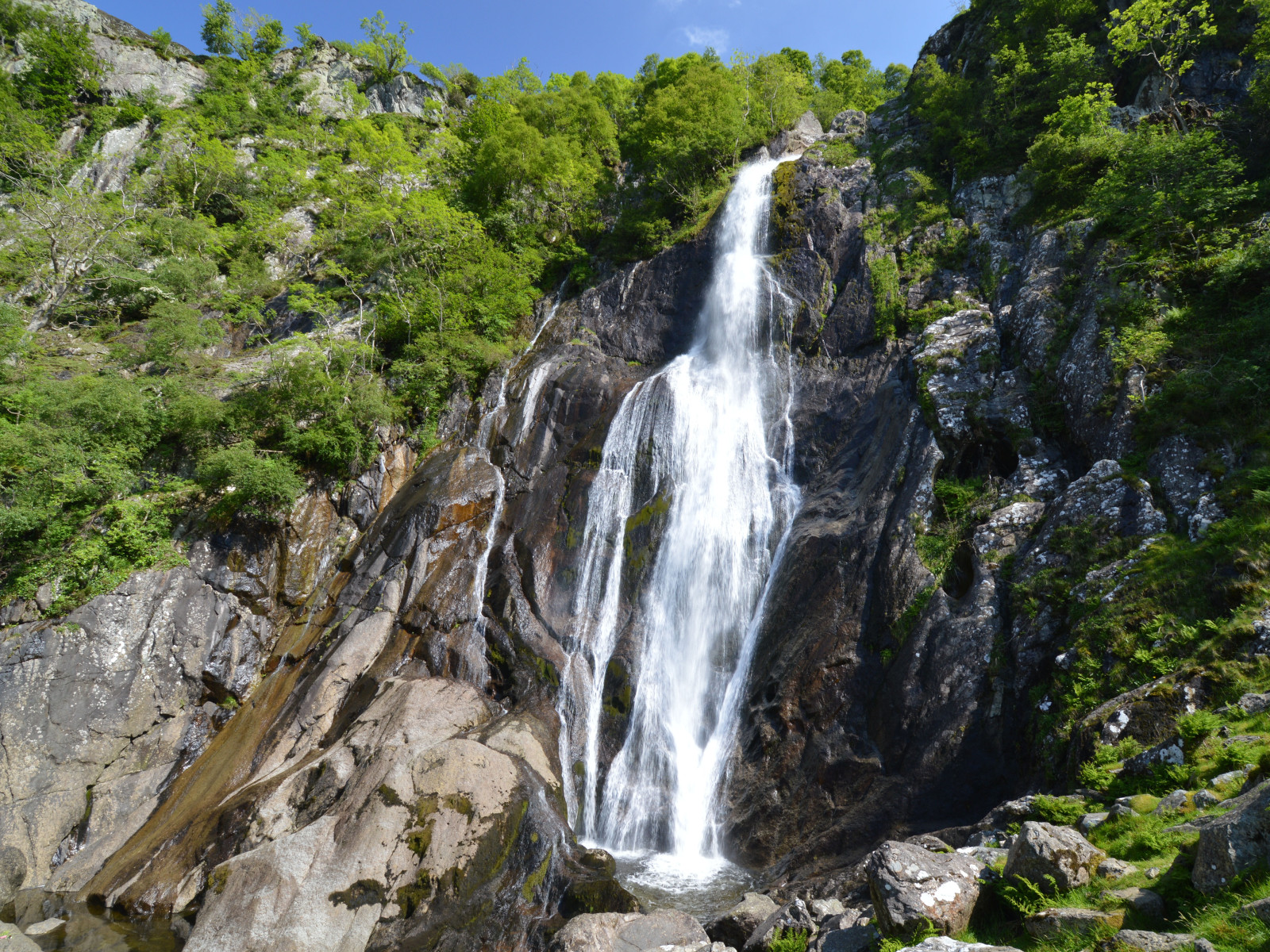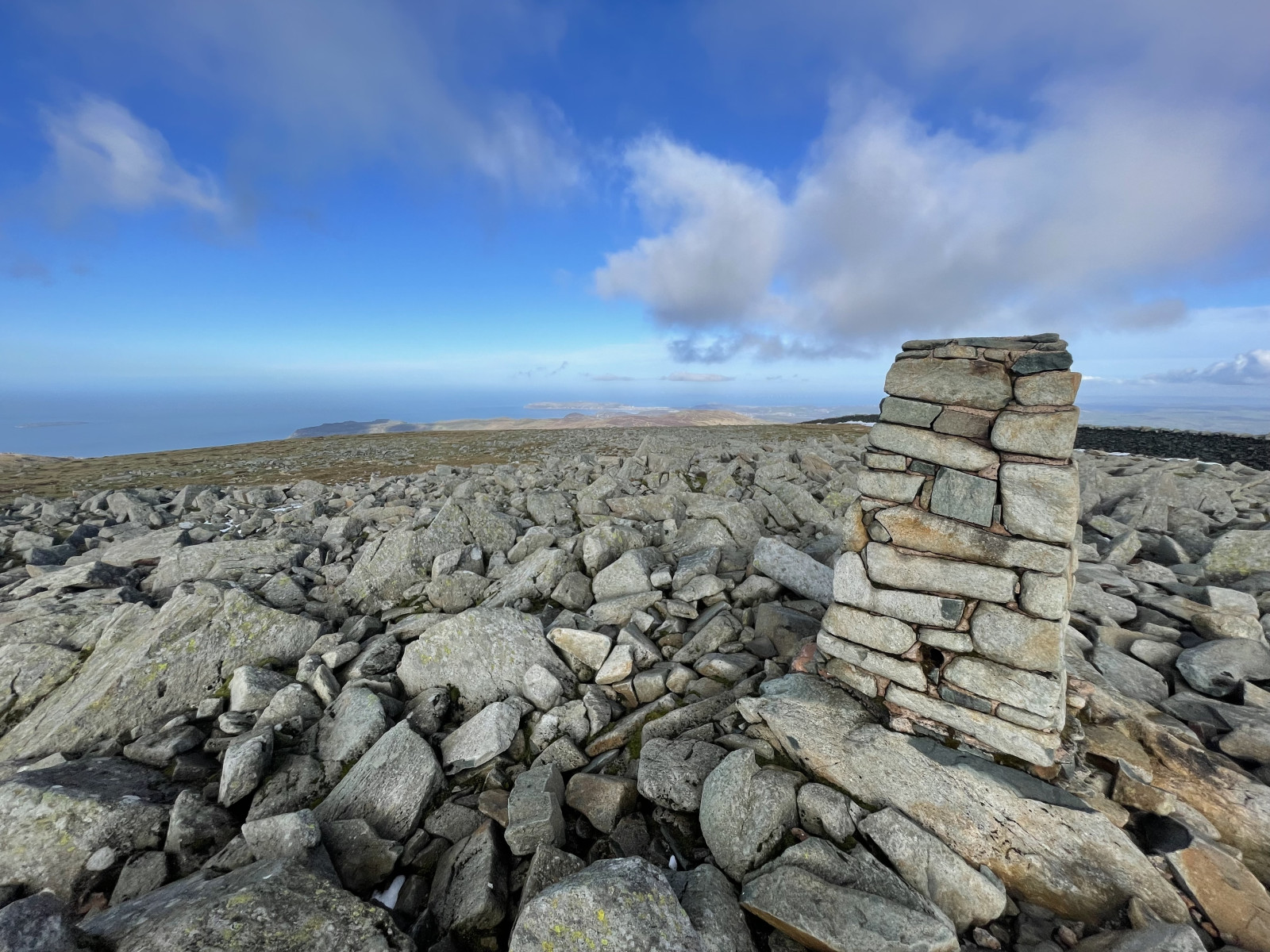Description
Aber Falls is located in one of the northernmost of Wales' classic hill valley woodlands. Easily accessible from the university city of Bangor and the North Wales coastal road. The semi-natural to natural woods of Oak, Ash, Alder, and Hawthorn are excellent breeding habitat for the four classical upland broadleaf woodland birds, црноглаво муварче, лисесто циганче, шумска трепетилка and шумски свиркач, as well as resident species like зелен клукајдрвец and имелов дрозд. The river below the Falls, the Afon Goch, has воден ќос, планинска тресиопашка and речна тринга. Around the cliffs beside the Falls, scan for белограден ќос in spring and summer, and on the screes, обично ливадарче, планинско ливадарче and обично камењарче. The area is bleak in winter, but flocks of лисест дрозд and дрозд боровинкар can be seen in the open ground, and елова зелентарка and Lesser Redpoll feeding on seeds in the Alders and Birches.
A longer, strenuous option is to continue to the southeast of the falls; climb up the side of the former plantation to the northeast of the Falls, then cut straight up the open moor to Llwytmor (849 m) and on to Foel-fras (944 m) and Foel Grach (974 m), or even to Carnedd Llewelyn (1,064 m). Birds up here are few, but гавран is reliable, сив сокол regular, црвеноклуна галка occasional, and in mid to late May, spring passage жолтоного блатарче are frequently seen on the barren high tops. Be careful when descending to follow a safe path, don't try climbing down the cliffs beside Aber Falls!
Details
Access
Take the bus from Bangor to Llanfairfechan (and beyond), alight at Abergwyngregyn and walk from there; alternatively, cycling from either Bangor (10 km) or Llanfairfechan (4 km) rail stations. For cars, see the P sign on the map for directions.
Terrain and Habitat
Forest , Mountain , Canyon/cliff , Scattered trees and bushes , Grassland , Plateau , Valley , RiverConditions
Mountainous , Wet , Hilly , Rocky , Open landscape , SlipperyCircular trail
YesIs a telescope useful?
NoGood birding season
Spring , SummerBest time to visit
Spring , SummerRoute
Wide path , Unpaved road , Narrow trailDifficulty walking trail
Average walkAccessible by
Foot , Bicycle , CarBirdwatching hide / platform
NoExtra info
Note that the mountain option should only be attempted during good weather (dry, with cloud base reliably above 1,500 m). With low cloud and rain - frequent at any time of the year - the moors become very dangerous, as it is easy to get lost and fall down any of the many crags. Make sure you are equipped for heavy rain at any time - this is a temperate rainforest area! In winter, deep snow can be expected above 300-400 m; do not attempt the mountains in this without good mountaineering experience!
Photo of Aber Falls by Clive Giddis, cc-by-sa license, from geograph.org.uk (photo 4006020).




